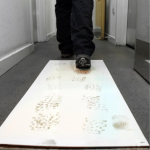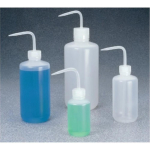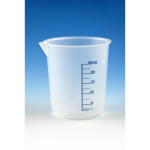These tube furnaces can be used for horizontal (RSH) or vertical (RSV) operation. The split-type design makes it easy to change the working tube. It allows for a comfortable exchange of various working tubes (e.g. working tubes made of different materials). Using a wide range of accessories, these professional tube furnaces can be optimally tailored for your process. By adding different gas supply packages, you can work in a protective gas atmosphere, with gases or in a vacuum. In addition to the convenient standard controllers, modern PLC controls can also be used to control the process.
Standard equipment:
Tmax 1100 °C or 1300 °C
Single-zoned design
RSV models with frame for vertical operation
Split-type design for simple insertion of the working tube (opening temperature 180 °C)
Ceramic working tube C 530 including two fiber plugs for operation under air
Thermocouple type N (1100 °C) or type S (1300 °C)
Heating elements on support tubes provide for free radiation
RSH: switchgear and control unit integrated in furnace housing
RSV: switchgear and control unit separate from furnace in own wall or standing cabinet
Controller B510, alternative controllers available
Additional Equipment:
Charge control with temperature measurement in the working tube
Three-zone control for optimization of temperature uniformity
Alternative working tubes see chart page
Cooling systems for accelerated cooling of the working tube and charge
Gas supply systems 1,15 or 2 for non-flammable protective or reactive gas operation
Gas supply packages 3 or 4 for hydrogen operation
Vacuum package to evacuate the working tube
See brochure for more information on gas systems
*This is designed to be a representation of the features available for this range. For more technical information and information on additional equipment please consult the brochure and reach out for a quote. This furnace features no safety technology for processes which produce combustible mixtures, for example debinding. If the furnace is still used for such processes despite this fact, the concentration of organic gas mixtures in the furnace must never exceed 3% of the lower explosion limit (LEL). This pre-requisite applies not only to normal operation but, in particular, to exceptional situations such as process disruptions (caused, for example, by the failure of a power unit). You must ensure that the furnace is adequately ventilated and vented. *








